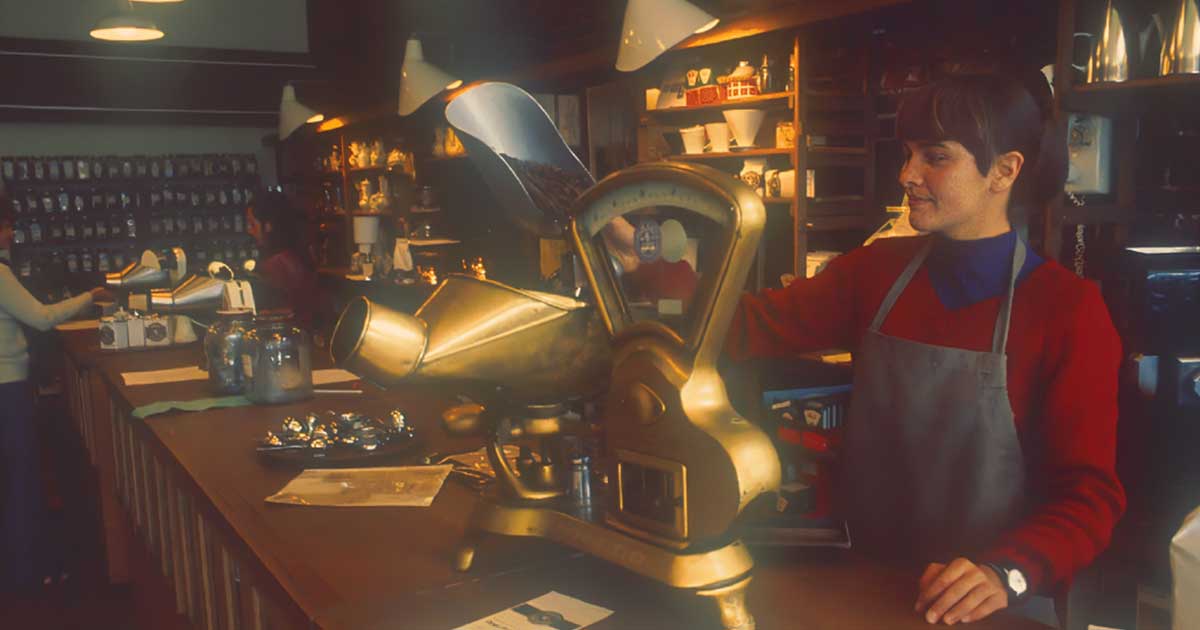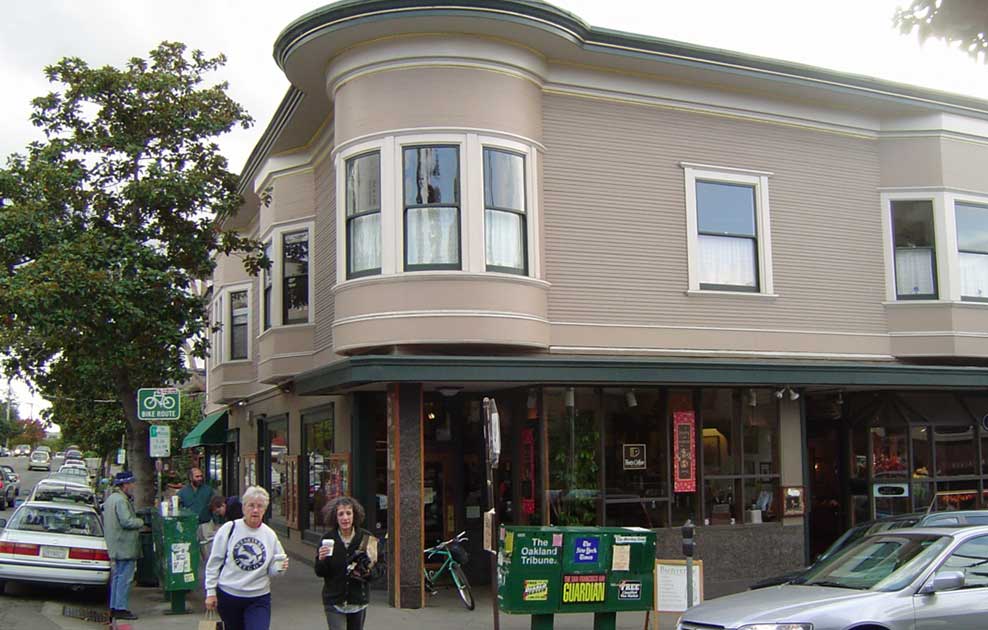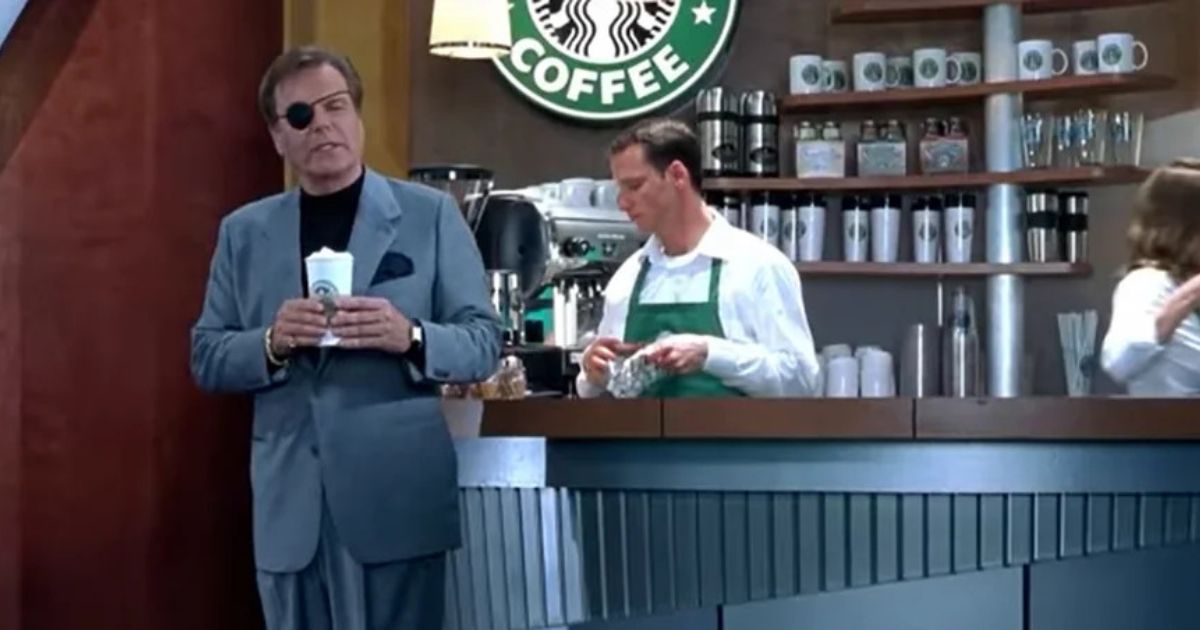Starbucks: Caffeinating the world since 1971 (Part-1)
By Aniket Gupta | 19 Jan 2024

You may have observed that this website has featured profiles of companies, many of which were once major players in their industries but eventually faded away. This article is not about such a company. It delves into the story of a company that started its journey around half a century ago and has evolved into a cultural icon.
The focal point of this two-part Company Profile is Starbucks.
Over the years, Starbucks has garnered immense popularity worldwide. Whether it’s through its influence on pop culture, the cliché of finding someone engrossed in work on a MacBook in a Starbucks or its reputation for offering premium-quality coffee and other beverages at a premium price, this company has etched its mark in business history.
.jpg)
Renowned for more than its signature brews, Starbucks has become a beacon of indulgence and innovation in the business of coffee. With its roots tracing back to the vibrant coffee culture of the city of Seattle in America, the company has crossed international borders, creating a caffeinated legacy that has left an indelible mark on the world. In this exploration, we unravel the layers of Starbucks’ history and operations, delving into the essence of its success and the intricate blend of business and brew that defines its iconic brand.
In 2024, Starbucks has become the biggest coffee-house chain, with more than outlets globally, and has established its presence in 84 countries.
But like every large company that started small, Starbucks was originally started as a small store in a corner of Seattle, in Washington state, USA.
It all started when a young Gordon Bowker was traveling through Italy in the 1960s and ordered a cup of coffee in one of the coffee-houses in Rome. He was left both amazed and shocked once he took his first sip. He was amazed by how good the coffee tasted and shocked by the fact that such coffee was not available in America.
In the 1960s, Americans mostly drank cheap instant coffee, and most of them did not even know how good high-quality coffee tasted. Gordon decided to go back to the US and make something out of his discovery.
Birth of Starbucks
The story of Starbucks started when Bowker returned to the US and met two college friends, Jerry Baldwin and Zev Siegl. They knew one another from their time at the University of San Francisco.
These friends had one very important thing in common. Their interest in good coffee. They were also inspired by Alfred Peet, a coffee-roasting entrepreneur. Peet was the founder of Peet’s Coffee & Tea. Peet is often called the “Dutchman who taught America how to drink coffee”.

Baldwin, Siegl, and Bowker decided to learn the art of coffee making from Peet and open their own coffee retail shop. Yes, that is right—a retail shop that would sell high-quality coffee beans and equipment used to make coffee.
Thus started the Starbucks venture into first selling coffee beans and equipment required to make coffee. Starbucks sold the beverage the world has come to know and love much later, in the 1980s. The coffee beans were just the seeds of the business that would grow soon afterward.
Finally, on 30th March 1971, the first Starbucks store was opened at 2000 Western Avenue in Seattle.
What’s in a name?
There is a very interesting story about how the company got its name, Starbucks. Terry Heckler, a business partner of one of the founding members of Starbucks, Gordon Bowker, suggested that a name starting with the letters ‘st’ sounds very powerful. So the founding trio created a list of words beginning with ‘st’ with the hope of finding a brand name. They came across the name ‘Starbo’, a mining town in the Cascades. They then remembered ‘Starbuck’, the first mate in the acclaimed novel, Moby Dick. And that name stuck.
Early growth and expansion
From 1971 to 1973, that is, in the first two years since its inception, Starbucks used to purchase green coffee beans from Peet’s Coffee & Tea. Later in 1973, Alfred Peet decided to train Jim Reynolds, the new roast-master of Starbucks, rather than supplying coffee beans himself.

Starbucks then decided to move its store in 1976 and shifted to 1912 Pike Place in Seattle.
During this time, Starbucks was still acting as a retail store, selling the supplies needed to make coffee, than as a restaurant. Its shift to a retail-wholesale restaurant business came over the next few years.
In 1980, Zev Siegl decided to leave the company. This would later be seen as a pivotal moment in the company’s history; for after Seigl left, Starbucks started to make some important decisions regarding its growth and expansion.

After enjoying ten years of moderate success, Starbucks, led by Jerry Baldwin, decided to acquire Peet’s Coffee & Tea. This acquisition was completed in 1984, and Starbucks started to write the second chapter of its momentous success. This chapter focused on an employee of another company, one of the suppliers to Starbucks, named Howard Schultz.
Starbucks meets Howard Schultz
In 1982, Howard Schultz first entered a Starbucks store and instantly saw the potential of the company and the product. He was so impressed by the workings of Starbucks that he somehow convinced the owners to hire him. Once Schultz joined Starbucks, the business was transformed.
.jpg)
Just as how in the 1960s Gordon Bowker had made a trip to Italy, now in 1983, Howard Schultz visited Milan in Italy to attend a trade fair. He visited a coffee-house, and he too was shocked and amazed. This time, though, for different reasons.
He was amazed because of the experience the coffee-house provided, and he was shocked that Starbucks had not yet capitalized on this opportunity. Schultz noticed how Italians had designed their cafes in such a way that they had become a place to sit and chat for a long time rather than to come in, grab a quick takeaway drink, and rush back out.
Schultz rushed back to America and decided to pitch his idea of converting Starbucks from a retail store to a restaurant or cafe. The founders turned Schultz down, arguing that they already had good growth and steady sales. There was no need to change their business model.
Although he was rejected by the founders of Starbucks, Howard still believed in his idea. So he decided to leave Starbucks in 1985 to start his own coffee house, which would replicate the business model the Italians used. To raise money to start his own chain of coffeehouses, Schultz started meeting several investors and pitched them his idea.
He decided to use a few tips and tricks to build his clientele. The first thing he decided to do was name his company Il Giornale, which in Italian means a newspaper. Secondly, he decided to sell a cup of coffee for $3. The standard rate of a cup of coffee in America in the 1980s was 50 cents. So Schultz was trying to charge six times more just for some added Italian ambience. That left most of the investors he met unconvinced.
‘Imagine someone coming to you and asking for investment in a restaurant that sells coffee with Italian names that no one can pronounce and charges you six times more for it. Would you invest in this company?’ - Howard Schultz
After going to several hundred investors, Schultz finally managed to open his own coffee shop.
But what was Starbucks doing at this time? They were still acting as a retail store and had slow and steady growth. By 1986, the firm had six operating stores across Seattle. Then, in 1987, Gordon Bowker decided to leave Starbucks, and Jerry Baldwin decided to hand it over to someone else so he could focus on running Peet‘s Coffee & Tea.
He contacted Howard Schultz, and Schultz was more than happy to buy out Starbucks. The asking price was $3.8 million; but Schultz had no money. So he decided to go back to investors to raise some capital in order to buy Starbucks.
Here comes an interesting story about the sale of Starbucks. One of the investors Schultz had gone to was so impressed by the idea of buying Starbucks that he decided to cut Schultz out of the deal.
Had it not been for interference from a certain man named Bill Gates Sr., father of Bill Gates Jr., the Microsoft founder, who supported Howard Schultz, Starbucks probably wouldn’t have become as big as it is today.
Schultz was finally able to raise the capital needed to buy Starbucks in 1987. This acquisition marked another important chapter in Starbucks‘s history.
Aggressive expansion in the 1990s
Under the leadership of Schultz, Starbucks started an era of aggressive expansion. Schultz was quick to convert the business model of Starbucks into a restaurant model. He also merged Il Giornale cafes with Starbucks as part of his plans for expansion. Then he also looked for some strategic partnerships with different companies in order to expand the company‘s presence.

In 1987, Starbucks opened its first store outside Seattle. It opened stores in Vancouver and British Columbia in Canada, and a store in Chicago, Illinois, in the US.
With the approach of aggressive growth implemented by Howard Schultz, Starbucks started opening stores in the Pacific, Northwest, and Midwest regions of America.
By 1989, it had 46 stores. But that was just the beginning.
Schultz had bought Starbucks when it had six stores and a revenue of $1.3 million. In just five years under his control, Starbucks had opened 140 stores and had an operating revenue of $73.5 million.
It was at this time that Schultz made another decision that would change the course of the company’s history. He decided to launch the Starbucks IPO.
In June 1992, Starbucks, then valued at $271 million, launched its IPO and sold 12% of the company to raise $25 million. This capital helped Starbucks maintain its exponential growth and double the number of stores in the next two years. After just three months after launching its IPO, Starbucks’ share price rose by 70%.
During the 1990s, the expansion of Starbucks started to become the center of jokes for many late-night talk shows, movies, and sitcoms. The second part of the famous movie franchise Austin Powers, heavily showcases the growth of Starbucks in a hilarious manner.

Howard Schultz also made a lucrative deal with Pepsi in 1998 to launch Frappuccino.
.jpg)
Refer to the chart below to see the rise of Starbucks stores globally since 1992.

From the chart, it is clear that Starbucks has been exponentially opening stores. Since 1999, Starbucks' growth has been tremendous. But if you notice, the late 2000s were troubling times for Starbucks.
What was special about that time when a powerhouse like Starbucks faced difficulties? How did Starbucks tackle these difficulties to maintain its status as the biggest chain of coffeehouses in the world? What are some business lessons we learn from the story?
All these topics will be explored in the second part of this article.
Read Part 2: Starbucks: Caffeinating the world since 1971 (Part-2)



















